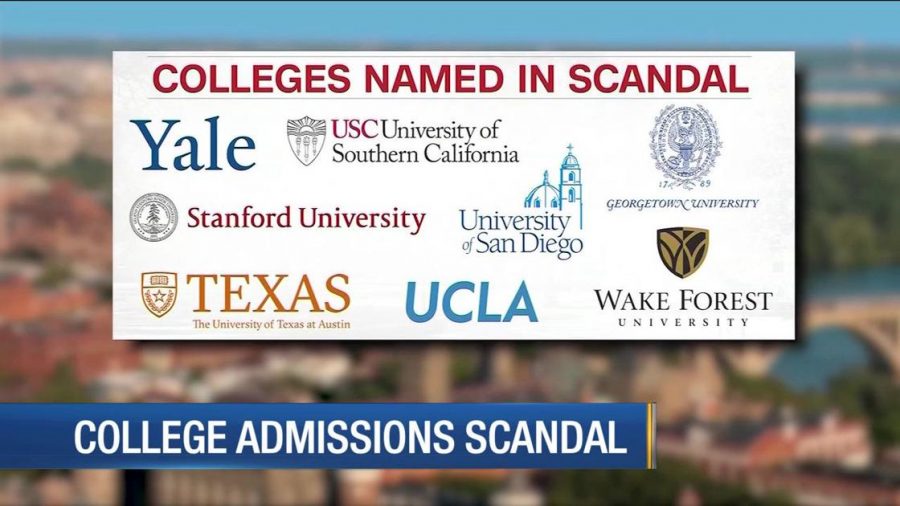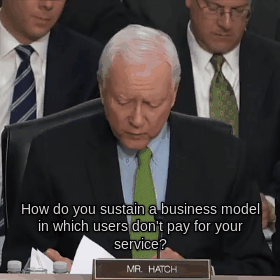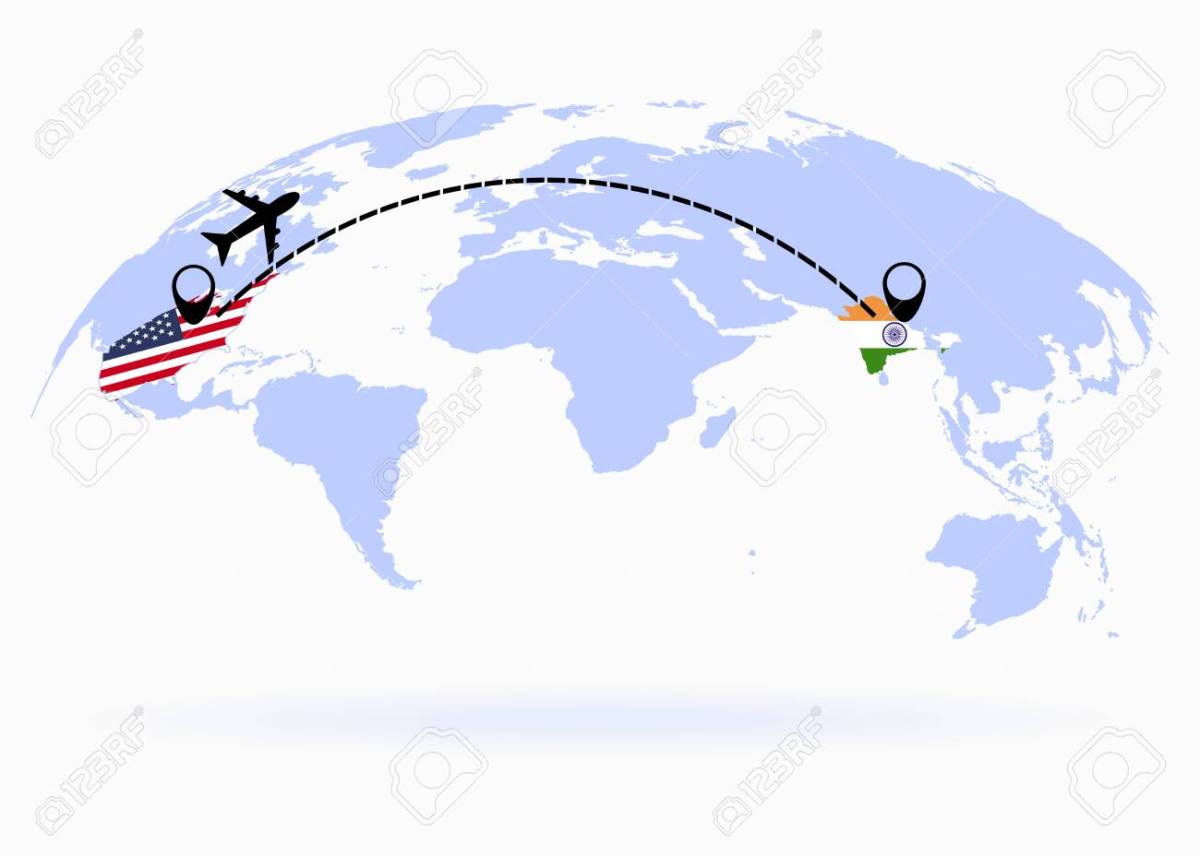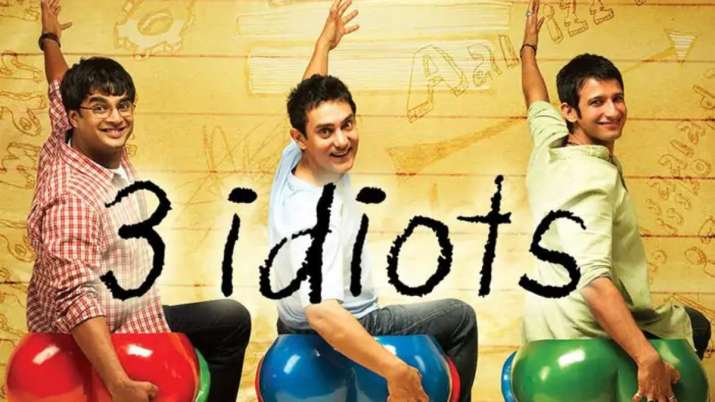
The 23rd, March 2021 marks the first anniversary of the Covid-19 lockdowns in India. Initially, they were laid out only for 21 days, with the intention to defeat the virus, but soon it was realized that India was not isolated or even prepared enough to end the detrimental effects of the pandemic any sooner, which the world then was already suffering with. Hence, the lockdowns got extended for several weeks and even months in many parts of the country as we know. 2020 turned out to be very much an odd year in most of our lives, something my generation will not forget for years to come. A lot has been written and discussed, and hence, I won’t get into how it affected our life, environment, jobs, economy, politics, pretty much everything as we know, hardly leaving anything untouched.
Now, as its been an year since the lockdown started, and even though India is not having nationwide lockdown, unlike few countries like UK and Brazil, but the worrying fact is that the coronavirus is spreading again. Many are calling it as second wave, or even third wave, many of us do not agree which wave it really is. But the fact that inspite of the lockdowns, and even after vaccines are available, its quite worrying that the virus is not in control yet, in many parts in India, especially in Maharashtra, which is one of the worst affected states.
Having observed the pandemic and its effects over the year, there are many questions and even myths which were brought up and even circulated using the ubiquitous social media. During the initial few days after March 23, 2020, when the number of covid cases were comparatively less in India, people willingly played the role of self-declared experts and pundits, and tried to explain the low number of cases due to a myriad reasons. Some of which include, ( with my personal experience)
- Its because of our beloved PM Narendra Modi and the nationwide lockdowns which he laid down quite early in India.
- Because India has a hot and dry climate unlike the cold and brutal winters in USA and Europe
- Maybe, because our Indian food is the best in the world! We don’t eat meat, we eat cooked (overly-cooked) food, add spicy masala’s, avoid burgers, coke, or pizza unlike Americans who live on such foods, and hence, our immunity is high due to the healthy food consumption.
- Someone even said that because India is a spiritual land, and hence, the mystic powers of meditating monks and all religious practices are protecting us from the virus.
- Because India is not very clean country, with polluted air, unclean water and dirty roads, hence, Indians have developed the immunity after living for decades in such relatively unclean surroundings, as compared to America or Europe.
- I even heard that India got saved because we have been practicing social distancing naturally for years, with our habits like doing ‘namaskar’ instead of shaking hands, avoiding touching, hugging, kissing or being close to each other consistently unlike western culture etc. I found this to be hilarious!
- And finally, India had a milder form of covid virus, as compared to the extremely mutated and fatal ones in America, UK and other countries.
Looking at some of the above reasons, I am sure many of us might have thought them to be ludicrous. Because the fact that even if they were true, still India has the world’s third largest number of covid deaths, after USA and Brazil. Let us debunk some of the above myths or so called explanations given last year.
- First of all, PM Narendra Modi and his government did take a pro-active and brave decision to lockdown the country much before the number of cases were detected. This was thought to be quite a prescient move. And it did pave off for sometime, as India did not see any rise in the number of cases for the next 2 months, after lockdowns started. But the irony is that as soon as lockdowns were lifted, the cases escalated. On one side, the Modi praisers had lauded PM’s decision to lockdown the nation, while later the opposition and Modi critics started mocking him and the government for having shown the world how a failed lockdown looks like! Well, the rise in number of cases later were inevitable considering the number of people flying back to India from abroad, high population, dense cities, and that lives of millions of Indians depend on jobs for which they cannot work from home. Also, the poor medical infrastructure in rural areas led to surge in the number of cases, which happened when the lockdown was harshly imposed over night, which led to the exodus of millions of workers and labourers from cities to villages ( walking all the way..), thereby carrying the virus to the remote areas. Many experts agree today that the way the lockdowns were imposed could have been better managed and coordinated.
- Hot and Dry climate: This turned out to be a myth as we see many countries all over the world including those in hot and dry areas have covid infections. How can we explain Brazil to be the second worst affected country in the world, if it has the most hot and humid climate with the vast Amazon forest? Infact, in India, the worst affected states are Maharashtra and Kerala, which are faraway from cold winters of the north!
- Indian food: Well, even though the food intake is quite different than western countries, with Indian food having a lot of varieties and being more healthy, yet none of the evidence suggests any relation between food and virus. Our food might increase the immunity, but that will be too generic reason to elucidate. Also, over the last few years, the way Indians eat food has changed a lot, especially due to the american influence.
- India as a spiritual land: This is one of the most uncanny reasoning I had ever heard. Also, its very Indian in a way. Because often we Indians like to relate everything that happens in the world to some kind of astrology, mysticism and supernatural powers. However, it is true that India is a holy land, having millions of ardent religious followers, and monks living in the mountains. The family culture is exceptionally strong and Indians are very religious at heart. But that doesn’t mean that this good karma will save the nation. If it was really there, then how can some of the most horrifying cases of rapes, murders, caste based violence and corruption happen in this holy land. Metaphorically, I like to relate this to the holy Ganga which is pure where it originates (Gangotri), however it gets polluted when it reaches the ghats of Varanasi and Bengal. Why? Because the people pollute this sacred river! This habit to surrender ourselves by praying to God, sadhus and remembering ancient history, has led to the degradation of science and rationalism in this country today.
- Inbuilt immunity: Well, I do agree to some extent that this might have made us stronger when it comes to immunity. Having lived in USA and India, I can relate both the worlds. I saw how safe and isolated Americans live, staying indoors, with centralized ventilation system, visiting doctor for every small illness, consistently taking medicines and pills, eating frozen & raw foods, breathing only filtered air etc. While on the other side, Indians are used to eating outside food which is never frozen, but always fresh. We are used to polluted airs and water, very few air conditioners in our houses, and avoiding visiting doctors by home treatment of minor illness using ayurveda and herbs.
- Natural Social distancing: I find this to be untrue. Because even though, we usually avoid direct touching or hugging others as western culture exhibits, but considering the number of people living together in India, like joint families, and even traveling in local trains, buses and public places, its difficult to avoid contact with other people. But its a miracle that some of the worst crowded places in India, like Dharavi slum in Mumbai, for which many feared that it will be terribly affected, actually turned out to be covid-free, or less affected by covid. Hence, its hard to say, if any naturally social distancing helped India. But as per guidelines, social distancing is a must to follow, inspite of any local conditions.
- Finally, India having a milder form of virus is debatable. Even though it is proved that UK and other countries have much deadlier mutant of virus, and India did a good job in shielding itself from those deadly mutants. But still the danger of those mutants entering India has not subsided yet.
Hence, looking back at one year, and having read, talked about some of the above questions and myths, this post briefly summarizes what Covid has taught us and even debunked some of the myths. But the virus has not gone yet. As per universal recommendations, we have to wash our hands, practice social distancing, avoid crowded places, get vaccinated as soon as possible, and stay at home to avoid the spread of virus.
I hope things get better soon, and lets be rational and open-minded regarding any myths and reasoning based on the local situations.
© Abhishek Karadkar and abhiknotes.com, 2021. Unauthorized use and/or duplication of this material without express and written permission from this site’s author and/or owner is strictly prohibited. Excerpts and links may be used, provided that full and clear credit is given to Abhishek Karadkar and abhiknotes.com with appropriate and specific direction to the original content.
Copyright © 2021 AbhikNotes – Powered by WordPress.com








